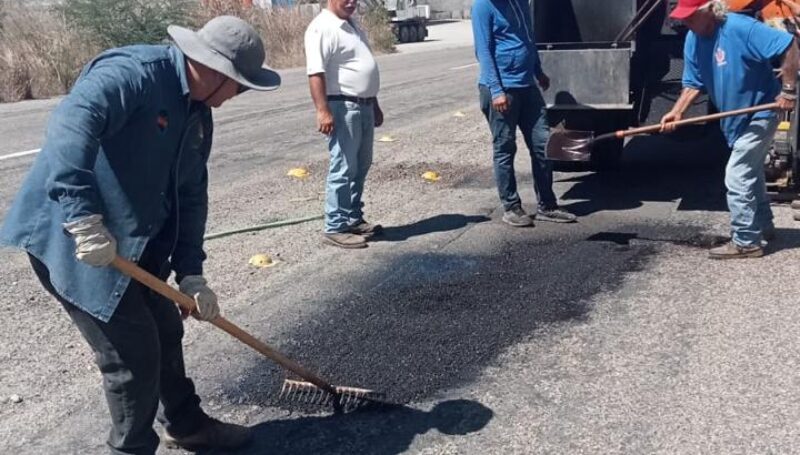The LXXXII Ordinary Session of the Jalisco-Nayarit Interstate Clean Beaches Committee is held
Because Sustainable actions are everyone’s concern
Studies indicate that diseases of the mucous membranes of the skin and digestive of bathers of a beach are directly related to levels of fecal contamination. Enough reason to carry out continuous monitoring of sea waters and beaches, which allows users to make their own decision to enter or not enter a beach.

Interstate Committee of Jalisco–Nayarit Clean Beaches promotes certifications of clean beaches and the distinctive blue flag.
The main purposes of the Interstate Committee of Jalisco–Nayarit Clean Beaches are aimed at generating actions in favor of sustainable practices, which in turn will raise the quality of the area. It also promotes certifications of clean beaches and the distinctive blue flag.
This committee was created in 2003, after enjoining Municipalities and States to together gather more resources and thus promote with greater impact the implementation of sustainable practices in society. The alliance between governments, civil associations and the societies of Bahía de Banderas, Compostela, San Blas and Puerto Vallarta has allowed the monitoring of 21 beaches. In the study carried out in 2017, there were 8 beaches that exceeded the maximum permissible limits established by the Federal Commission for the Protection against Sanitary Risks-COFEPRIS, and 3 in Bahía de Banderas, 2 in Compostela and 3 in Tecuala.
On the side of Bahía de Banderas; San Francisco, Sayulita and Nuevo Vallarta had one beach each, whose pollution levels were elevated affecting with concern for the quality of seawater and beaches. Especially when these beaches are for recreational use in tourist centers, with the obligation to guarantee protection to the health of the users.
In the samplings carried out by the COFEPRIS Health Commission its results also consider that some beaches are affected by factors such as storm drains, discharges of treated wastewater, irregular settlements and which do not have sanitation and sewerage infrastructure; boats, informal trade activities, as well as the great influx of bathers in some seasons of the year. The results of these studies are public in order to allow a preventive approach, alert the user to make the decision to enter or not to a beach.
On the other hand, three destinations were presented with the Blue Flag Mexico Award; these are Nuevo Vallarta Norte (Marival, Grand Velas, Fibba), Marina de la Cruz de Huanacaxtle and Laguna de Santa Maria del Oro.

Nuevo Vallarta Norte (Marival, Grand Velas, Fibba), Marina de la Cruz de Huanacaxtle y Laguna de Santa María del Oro. With Blue Flag emblem
Faced with the environmental reality that we have today, civil organizations such as the ADEPM, participate actively in these committees, managing agreements and undertaking actions hand in hand with the different levels of government and their dependencies. ADEPM also sums up efforts with other associations with the same goal of implementing sustainable actions to implement friendly practices with the planet.
The data:
- The first Blue Flag for Nayarit was received by Nuevo Vallarta Norte Beach in 2013 and since then it has maintained its certification.
- Marina Riviera Nayarit of La Cruz de Huanacaxtle won the Blue Flag award in 2015, being the first of its kind to have this international distinction.
- Laguna de Santa María del Oro achieved its Blue Flag for the first time in August 2016.






